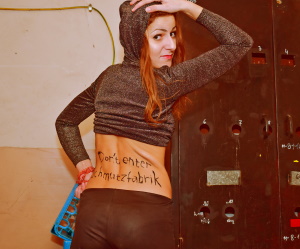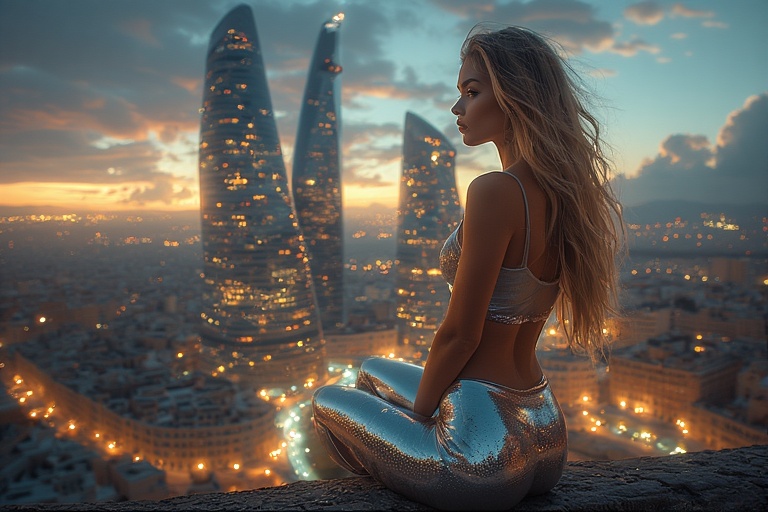If there’s one thing Barcelona loves more than sunshine, it’s innovation.
This is a city that has reinvented itself more times than a Gaudí staircase turns a corner — from Roman settlement to industrial powerhouse to beachside dream destination. Now, it’s doing it again — only this time, with Wi-Fi, solar panels, and AI that helps you find parking.
Welcome to Barcelona: City of the Future — where the skyline glows with ideas, and even the garbage bins are smarter than most politicians.
A Smart City With Soul
Barcelona doesn’t just talk about being “smart” — it actually does the homework. The city is a global pioneer in urban innovation, using sensors, data, and green tech to make daily life smoother (and a bit cleaner).
There are smart traffic lights that adapt to cyclists and pedestrians, solar-powered benches that charge your phone, and public Wi-Fi zones that stretch across most neighborhoods. Even the streetlights talk to each other — politely, in Catalan, of course.
But the real genius is how Barcelona balances technology with humanity. Unlike some “futuristic” cities that feel like giant computer chips, Barcelona’s digital transformation happens quietly, within its living, breathing streets. The city doesn’t want to become a machine — it wants to stay a Mediterranean organism, just with better internet.
The 22@ District: From Factories to Future
Once upon a time, Poblenou was full of textile mills and smoke. Today, it’s full of start-ups, robots, and cafés that serve coffee with oat milk and existential conversation.
This transformation — known as the 22@ Innovation District — turned an old industrial area into one of Europe’s most dynamic creative and tech hubs. Companies focused on AI, design, sustainability, and green energy now share space with artists, co-working studios, and electric scooters.
The magic of 22@ is its mix: glass buildings sit next to graffiti-covered warehouses, coders sip cortados beside sculptors, and somewhere, someone is building the next big app for the circular economy.
It’s like Silicon Valley, but with better food and fewer Teslas.
Green Dreams and Superblocks
Barcelona’s future isn’t just digital — it’s green.
The city’s most famous urban experiment is the “superblock” (superilla) project — entire zones where cars are limited, and streets turn into playgrounds, gardens, and open-air cafés.
The idea is simple but radical: give public space back to people, not vehicles.
Kids play football where traffic once roared, neighbors sit on benches instead of balconies, and plants finally get more rights than parking meters.
Since the first superblocks appeared, air pollution has dropped, noise has fallen, and residents have actually started talking to each other again — a true technological miracle.
Innovation With a Conscience
Barcelona’s futuristic side is surprisingly human-centered. The city invests in ethical tech, sustainable energy, and digital inclusion — making sure innovation doesn’t leave anyone behind.
You’ll find neighborhood labs teaching seniors to use tablets, public 3D printers for young inventors, and city apps that let citizens directly suggest policies.
This is the future — but democratic, sunny, and with tapas breaks.
The Future Feels Local
In the end, Barcelona’s progress isn’t about robots or smart sensors — it’s about people who care.
The city’s “future” is being written by engineers, activists, artists, and, of course, the señoras who still remind everyone to recycle properly.
Barcelona’s true innovation is its ability to evolve while staying authentic — to embrace tomorrow without deleting yesterday.
And maybe that’s what makes it special: a city that’s connected, creative, and still completely human.
Because in Barcelona, even the future has style.






